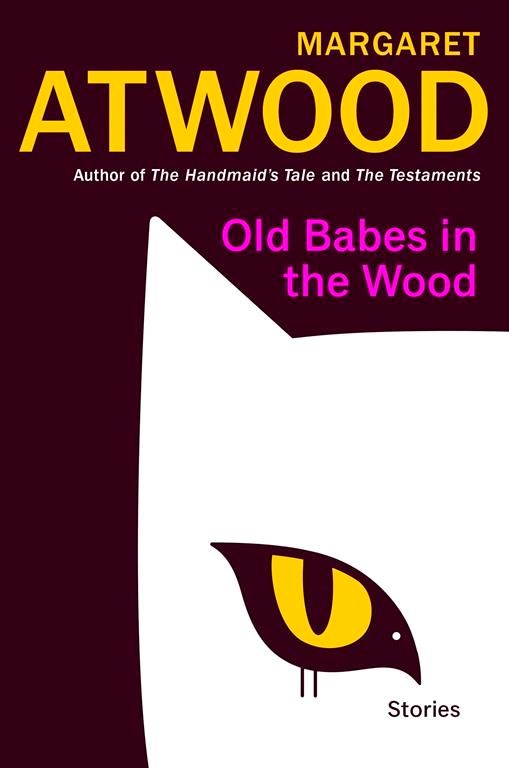“Old Babes in the Wood” by Margaret Atwood (Doubleday)
Comprised of 15 “stories” (applying that term loosely), the heart of Margaret Atwood’s new collection features seven vignettes from the lives of characters named Tig and Nell.
Canadians, like the author, these two seem to have had a great life together in Toronto and in a cabin somewhere in the northern woods. Tig has now passed away and Nell is recounting various slices of their lives together. There’s a very funny look back at a first aid class they took together in their younger years, when “obliviousness had served them well.” Also an ode to their late cat, Smudgie, written in the style of “Morte d’Arthur” by Alfred Lord Tennyson: “I have lived nine lives, and that which I have done/May Cat within Himself make fur!”
The final Nell and Tig tale drives home the poignancy of grief, as Nell goes through the cabin picking up things that Tig left behind. When she finds a wooden box he must have built decades ago in high school shop class, she eagerly opens it thinking it’s some sort of gift from beyond. But it’s just a box, filled with wool and darning needles. “Nell had never known him to darn any socks — if he needed something sewed, he gave it to her — but here is the proof that it was always a possibility. Self-sufficiency: a worthy aim.”
The stories not featuring Tig and Nell are more of a mixed bag, but they’re all quick reads. One, titled “Metempsychosis: Or, the Journey of the Soul,” stars a snail resurrected in the body of a “mid-level female customer service representative” at a bank. It’s a cute way to skewer the ridiculous habits of humans. When her lover leaves the apartment, Amber, the snail-turned-woman, “turned the beanbag chair upside down and withdrew under it. So warm and dark, and slightly moist.”
The book concludes with the title story, which reveals that Nell is the sister of one of the characters featured in a few other tales. They’re at the family cabin reminiscing and cleaning up. Signs of Tig are everywhere, including a pancake griddle hanging on the wall. It prompts a memory of “jovial sourdough pancake fryings… Tig doing the flipping, back when largesse and riotous living and growing children had been the order of the day.” Nell can’t look at it directly, “but she always knows it’s there.” It’s as good a depiction of grief as any and a fitting end to the collection.
Fans of the TV version of “The Handmaid’s Tale” may not flock to read “Old Babes in the Wood,” but Atwood purists will find enough here to like.
Rob Merrill, The Associated Press



